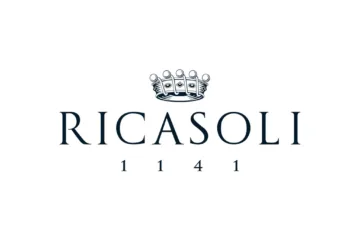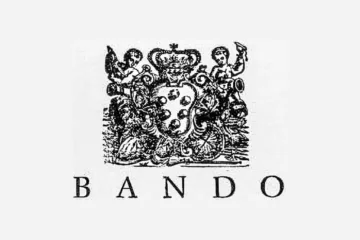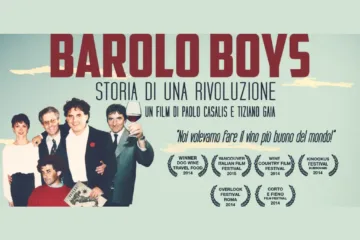
After World War II, Tuscan wines underwent a radical change. In fact, the Tuscan vineyards had just emerged from the phylloxera crisis, totally destroyed economically.
However, a number of changes would prove to herald a complete renaissance of this prestigious wine region and give birth to exceptional wines that the wine world would soon nickname the ‘Super Tuscans‘.
The End of the Mezzadria
The Mezzadria (share-cropping) system, which had existed in Toscana since the early Middle Ages, was abolished by the Italian government in the 1960s.
The effects of the abolishement of the Mezzadria
Although the abolition of the Mezzadria was ultimately advantageous to Italian agriculture, Toscana, in particular, was initially unprepared for the transformation.
The countryside and vineyards were abandoned because proprietors lacked the resources to upgrade their fields and employ workers.
Furthermore, farmers rapidly abandoned the countryside in search of jobs in the newly expanding industrial centers.

The effects of the DOC system implementation
However, the economic crisis quickly reversed itself. Because of the low to low cost of land, investments began to flow into Toscana.
This, together with the implementation of the DOC system, facilitated a period of viticultural recuperation and development. Grapes were no longer grown with other food crops on the same plot of land.
Unfortunately, at the time, the emphasis was on harvest quantity rather than crop quality.
The birth of the Super Tuscan wines
But things changed in the 1980s when a group of producers started to make wines with a totally different and innovative approach. They focused all their efforts into producing quality wines at any cost.
To make the dream a reality, vineyard practices were improved by:
- Adopting higher planting densities, lower yields and better clones.
- Planting International grape varieties
- Hiring consultant and specialized enologists
- Purchasing modern vineyard equipments
- Imposing impeccable cellar hygiene
- Introducing French Oak Barrels
Best practives in the vineyard and in the winery gave birth to the Super Tuscan wines who became quickly very successful worldwide. This indeniable success led the way to the Italian red wine renaissance.

The importance of Giacomo Tachis
Giacomo Tachis is widely regarded as one of the fathers of the Italian wine renaissance. He was responsible for legendary wines such as Sassicaia. He is also responsible for Antinori’s Tignanello as well as Antinori’s Solaia.
Born in Poirino, Piedmont, in 1954 Tachis graduated from the Enological School of Alba, and in 1961 he was chosen as junior oenologist at Antinori’s San Casciano in Val di Pesa cellars in Tuscany. He soon rose to the role of technical director, and his commitment with Antinori eventually lasted 32 years.
During his career, Tachis collaborated on creating new genres of Italian red wine,known as the “SuperTuscans”. He made innovative choices for his time, such as using the malolactic fermentation and using small oak barriques for the wine aging.
In addition to wines he created, he promoted and collaborated to the production of several other wines, including the Sardinian Vermentino and Carignano, the Sicilian Nero d’Avola, Inzolia, Cataratto and Grillo, the Piedmontese Barbera and Nebbiolo, Lambrusco from Reggio Emilia and Sangiovese from Tuscany.
Giulio Gambelli, the Maestro
Giulio Gambelli, known as “The Master Taster” is considered to be the father of Sangiovese (the emblematic grape variety of Tuscany) wines.
Giulio Gambelli was born in 1925 in Poggibonsi in Siena, and joined Enopolio de Poggibonsi, which was then one of the largest wineries in the region, at the age of 14 as a cellar hand.
At Enopolio his wine tasting skills came to the notice of its director, Tancredi Biondi Santi, who took him on as his assistant in the company’s laboratory. This is where Gambelli started his thourough study of the Sangiovese grape variety, a grape variety that he will make iconic.
His guiding influence is seen in prestigious wines such as:
- Montevertine’s Le Pergole Torte
- Soldera’s Brunello di Montalcino
- Casse Basse’s Brunello di Montalcino
- Poggio di Sotto’s Brunello di Montalcino

Follow me on my Social Media
Wine is a gourmet treasure, do not abuse alcohol!
None of this content has been sponsored
I did not receive any gifts or free samples that could be related to this article


